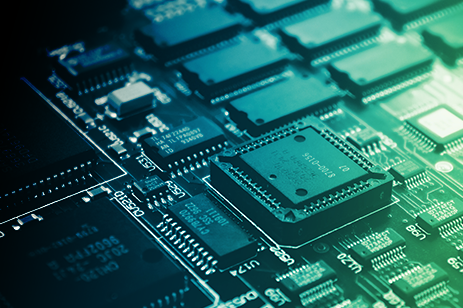
In Part 1 of this White Paper series, we learned about the evolution of modern processors. We presented the inner workings of single-core, multi-core, and hyper-threading processors. We also introduced the concept of a processor with different classes of cores, with Arm® processors adopting the big.LITTLE architecture and Intel® adopting a similar architecture called hybrid core processors which incorporates Performance cores (P-cores) and Efficient cores (E-cores). Finally, we explored how today’s operating systems (OS) use hybrid core processors, and algorithmically select which type of tasks to assign to the different core type.
In Part 2 of this series, we present performance testing results on Intel hybrid core processors, exploring the performance and efficiency of P-cores vs. E-cores and single-threaded cores vs. hyper-threading cores. We also explore the incredible performance boost provided by using processor Turbo modes and we highlight the extreme power/efficiency penalties their use incurs. Finally, we’ll consider how these technologies can benefit the system and software developer of embedded systems and summarize the specific core and thread configurations of today’s popular embedded processors.

